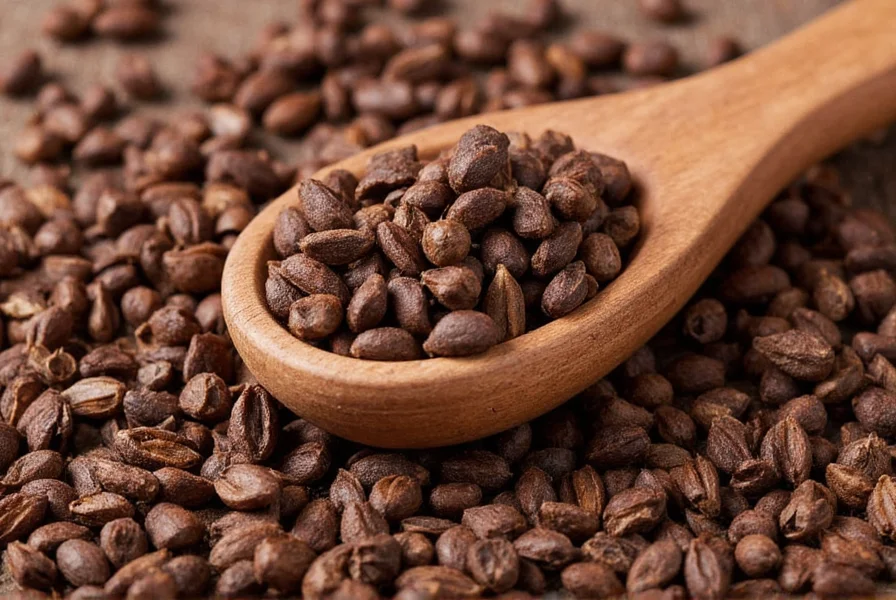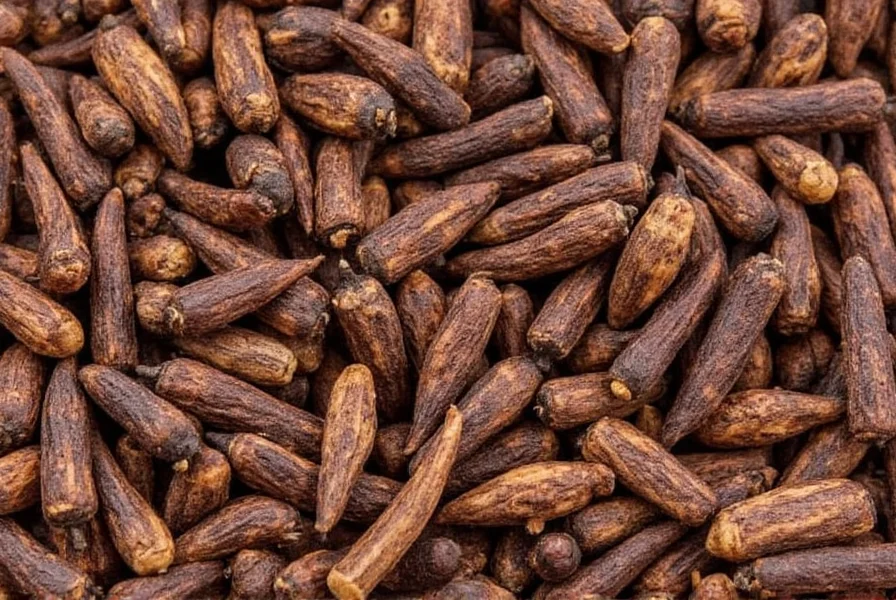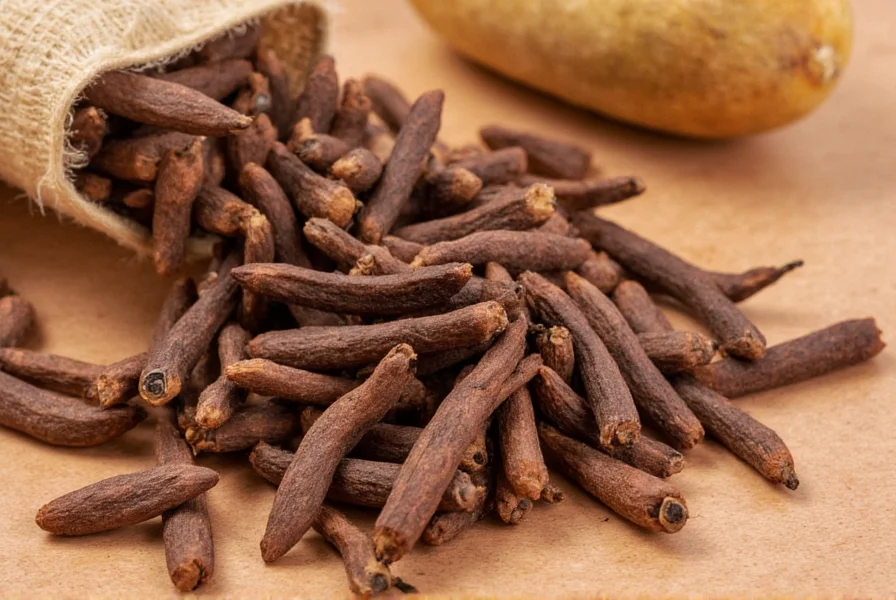Understanding the origin of cloves spice reveals a fascinating journey from ancient Indonesian islands to global kitchen pantries. These aromatic dried flower buds have shaped trade routes, fueled colonial ambitions, and become indispensable in culinary and medicinal traditions worldwide.
Botanical Background of Cloves
Cloves are not seeds or fruits but rather the unopened flower buds of Syzygium aromaticum, an evergreen tree in the myrtle family (Myrtaceae). The name "clove" derives from the Latin word clavus, meaning "nail," which describes the spice's distinctive shape. When left to bloom, these buds would produce white flowers that eventually turn red, but harvesters collect them while still immature and green.

Historical Origins of Clove Cultivation
The true birthplace of cloves lies in the Maluku Islands of eastern Indonesia, specifically on islands like Ternate, Tidore, Moti, Makian, and Bacan. For centuries, these remote islands maintained a monopoly on clove production, with local communities carefully controlling cultivation. Ancient Chinese records from the 3rd century BCE mention cloves as a breath freshener used by courtiers.
Arab traders first introduced cloves to the wider world around the 1st century CE, creating a lucrative but closely guarded trade route. By the Middle Ages, European demand for cloves and other spices became so intense that it drove the Age of Exploration. Portuguese explorers reached the Maluku Islands in 1511, followed by the Dutch who established a brutal monopoly in the 17th century, even destroying clove trees on other islands to maintain scarcity and high prices.
Modern Global Production of Cloves
Today, cloves grow in tropical regions worldwide, though Indonesia remains the largest producer. The Dutch eventually lost their monopoly when French explorers smuggled clove seedlings to Mauritius, from where cultivation spread to other tropical regions.
| Country | Annual Production (metric tons) | Notable Regions |
|---|---|---|
| Indonesia | 110,000 | Maluku Islands, Java |
| Tanzania | 35,000 | Zanzibar, Pemba Island |
| Madagascar | 15,000 | Sambirano Valley |
| Sri Lanka | 8,000 | Central Highlands |
| India | 5,000 | Kerala, Tamil Nadu |
How Cloves Grow and Are Harvested
Clove trees thrive in warm, humid tropical climates with consistent rainfall. They require well-drained, fertile soil and typically begin producing harvestable buds when 6-8 years old, reaching peak production around 20-40 years of age. Each tree can yield 7-18 kg of dried cloves annually.
Harvesting occurs when the buds change from green to pink but before they open. Workers hand-pick these immature buds early in the morning to preserve their essential oils. After harvesting, the buds undergo sun-drying for 4-5 days until they turn their characteristic dark brown color and the cloves "pepper" or bounce when dropped.

Interesting Facts About Cloves
Understanding where cloves come from reveals some remarkable characteristics. Each clove bud contains 15-20% essential oil, primarily eugenol, which gives cloves their distinctive aroma and flavor. This same compound makes cloves valuable in dentistry as a natural analgesic and antiseptic.
The historical significance of cloves extends beyond commerce. In ancient times, Roman priests burned cloves as incense. During the Middle Ages, cloves served as both currency and medicine across Asia and Europe. In some cultures, cloves were considered so valuable that they were reserved exclusively for royalty.
Common Uses of Cloves Today
While many people search for where do cloves come from out of culinary curiosity, these spices serve multiple purposes. In cooking, cloves add warmth to baked goods, marinades, and spice blends like garam masala and pumpkin pie spice. Their antimicrobial properties make them valuable in traditional medicine systems worldwide.
Modern applications include use in perfumery, where clove oil provides a spicy base note, and in aromatherapy for its stimulating properties. Dentists continue to use clove oil for temporary toothache relief, and researchers study its potential benefits for oral health and inflammation reduction.
Frequently Asked Questions
What country do cloves originally come from?
Cloves originally come from the Maluku Islands (Spice Islands) in Indonesia. This remote archipelago maintained a complete monopoly on clove production for centuries before European explorers spread cultivation to other tropical regions.
Are cloves a fruit or a flower?
Cloves are neither fruits nor seeds but rather the dried unopened flower buds of the Syzygium aromaticum tree. Harvesters collect these buds when they're still immature and green, before they would naturally bloom into white flowers that turn red.
Which country produces the best quality cloves?
Zanzibar (Tanzania) produces some of the world's highest quality cloves, known for their high eugenol content and strong aroma. Indonesian cloves from the Maluku Islands also maintain excellent quality, preserving the original genetic stock of the species.
How long does it take for a clove tree to produce?
Clove trees typically begin producing harvestable buds when they reach 6-8 years of age. They reach peak production between 20-40 years old and can continue producing for up to 80 years under optimal conditions. Each mature tree yields approximately 7-18 kilograms of dried cloves annually.
Can you grow cloves outside tropical regions?
Clove trees require a consistently warm, humid tropical climate with no risk of frost to thrive. They cannot be grown commercially outside tropical zones (between 20°N and 20°S latitude). Attempts to grow them in temperate regions typically fail due to cold sensitivity, though some greenhouse cultivation occurs for research purposes.











 浙公网安备
33010002000092号
浙公网安备
33010002000092号 浙B2-20120091-4
浙B2-20120091-4